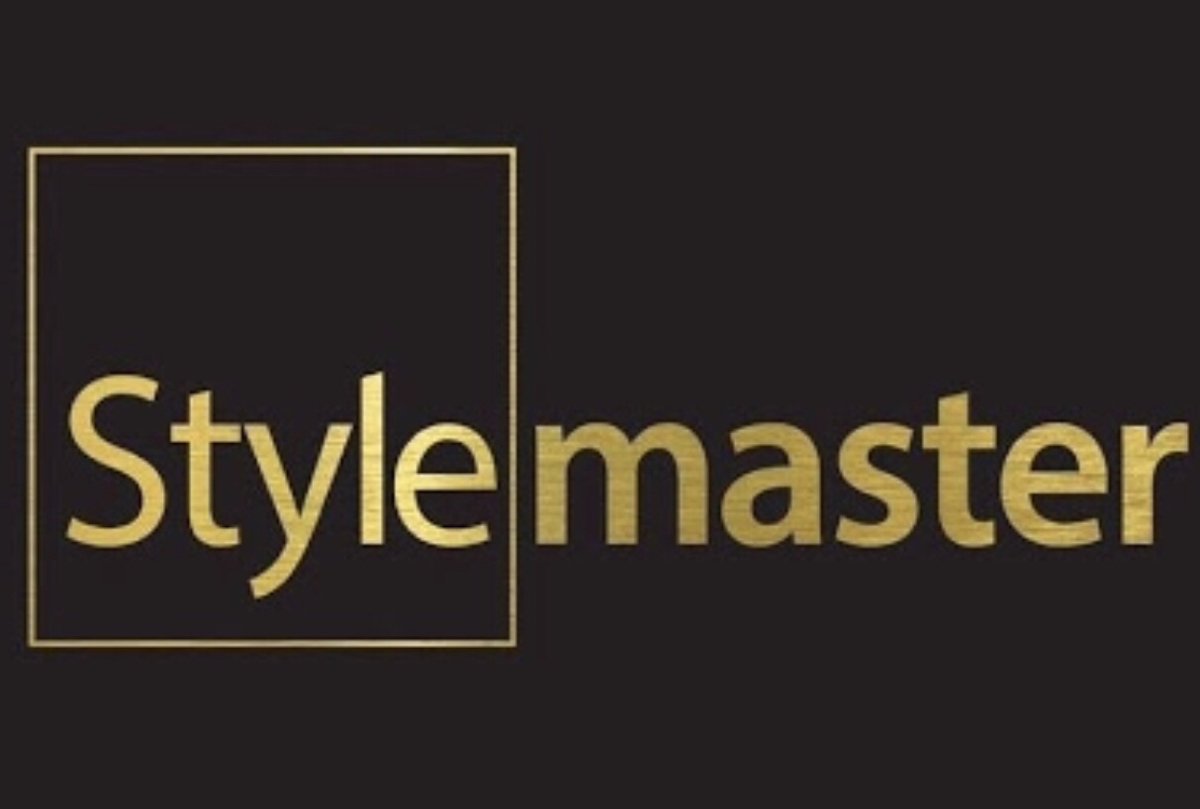Information
-
Customer
-
Address
-
Job Voucher Number
-
Engineer Name
-
Conducted on
-
Location
1. Supplier
-
1.1 Supplier signage including <br>a) Contact Details<br>b) No Smoking Warnings<br>c) No Naked Flames Warnings<br>
-
1.2 Tank Data Plate displays<br>a) Date of manufacturer<br>b) Relevant manufacturing standard<br>c) Test Pressure<br>
2. Tank Compound
-
2.1 Where tank is accessible to general public / vehicular traffic the tank is suitably protected<br>a) Bollards where required
-
2.2 Compound fencing correct:<br>a) Fencing is complete and in good condition<br>b) Height is a minimum 1.8 metres
-
2.3 access gates correct:<br>a) Gate's are provided for both access and emergency egress to the compound
-
2.4 Authorised personnel have access to compound keys
3. Tank Installation
-
3.1 Tanks separation is correct:<br>a) Distance from buildings, boundaries and other tanks.<br>b) Distance from open drains.<br>c) Distance from open sources of ignition <br>d) Distance from combustible materials<br>e) Not installed directly below overhead power cables
-
3.2 Tank Ventilation is adequate<br>a) distance from planted screens<br>b) Vegetation is controlledq
-
3.3 Tank is standing on a stable base
-
3.4 Electrostatic / Earthing Protection in good order
4. Controls
-
Primary / Secondary regulators<br>a) In good order<br>b) Installed at the tank
-
UPSO / OPSO Valve<br>a) Installed and in good order
5. Pipework
-
5.1 Pipework and fittings are of suitable materials
-
5.2 Aboveground Pipework adequately protected
-
5.3 Buried Service Pipework<br>a) Metallic pipework has replacement / inspection strategy<br>b) PE risers correctly sleeved / sleeves in good order
-
5.4 Emergency Control Valves<br>a) Housed correctly<br>b) Labelled as Emergency Control<br>c) Instructions in case of gas escapes visible










